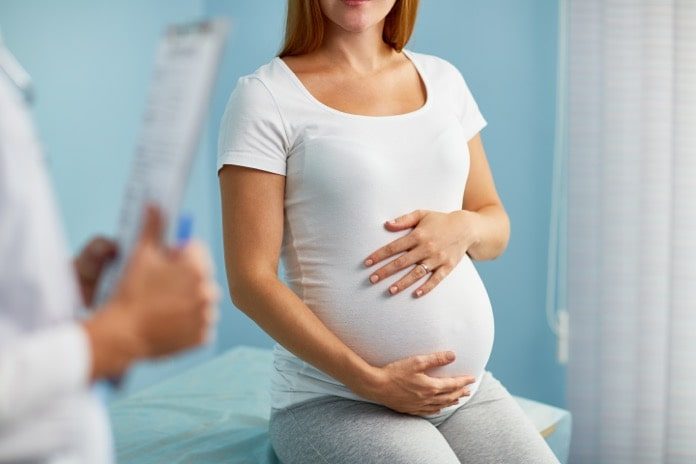A study explores the variation in pain relievers during labor in American women to determine if there are differences in pain relief provided in the different states.
Pain relief during labour is usually provided in the form of an epidural. Women who choose to receive this type of pain relief report lower pain and higher satisfaction with their labor. They are also less likely to need more pain relief compared to women who receive systemic pain relief in the form of opioids.
While the guidelines by the American College of Obstetricians and Gynecologists (ACOG) state that all hospitals across the United States should provide pain relievers for labor, there has not been enough research to determine the variation in the provision of pain reliever across the country.
In a recent study published in JAMA Network Open, researchers wanted to determine if women received different pain relief options based on what state they delivered their babies. This study included data from nearly three million women who delivered babies in the year 2015 in the United States using information provided on birth certificates that showed whether they received pain relief during labor.
Variation in pain relief during labor is patient specific and hospital-specific, not by state
The study found that women who delivered babies in the state of Maine received the lowest amount of pain relief during labor and those in Nevada had the highest. However, overall pain relief during labor cannot be explained by which state women deliver babies in. There is unexplored patient specific and hospital-specific factors that account for variation in pain relief during labor experienced.
For example, women who have previously experienced a Cesarean delivery were more likely to receive pain relief during labor compared to women who have not experienced a Cesarean delivery. Also, women who have never previously delivered a baby were more likely to receive pain relief during labor compared to women who have delivered other babies.
Women of older maternal age, non-white race, Hispanic ethnicity, lack of private insurance or no insurance, lower education levels, and those who either received prenatal care late or did not receive it at all were less likely to receive pain relief during labor. Lastly, women who used midwives instead of physicians to deliver their babies were also less likely to receive pain relief during labor.
What is the best way to study pain relief during labor?
Unfortunately, the use of pain relief during labor may not be accurately documented in birth certificates. Also, there is no information regarding the indirect effects of pain relief during labor on the mother’s satisfaction with delivery, postpartum recovery, and breastfeeding therefore there is a need for future research on how pain relief during labor effects what happens after delivering babies.
It is important to understand why there is variation in pain relief during labor and determine whether this influences health outcomes for women and their babies. Additionally, since clinicians practice differently and have various levels of training and years of experience, not all women receive the same amount of pain relief during labor. Overall, there are many factors that affect pain relief during labor beyond what state women deliver their babies in, and these need to be studied to understand how pain relief during labor affects women’s satisfaction with their delivery and the outcomes this has on their babies’ health.
Written by: Tatsiana Verstak, M.S., B.S.
Reference: Butwick, J.A. et al. United States State-Level Variation in the Use of Neuraxial Analgesia During Labor for Pregnant Women. JAMA Open Network. 2018;1(8):e186567.



